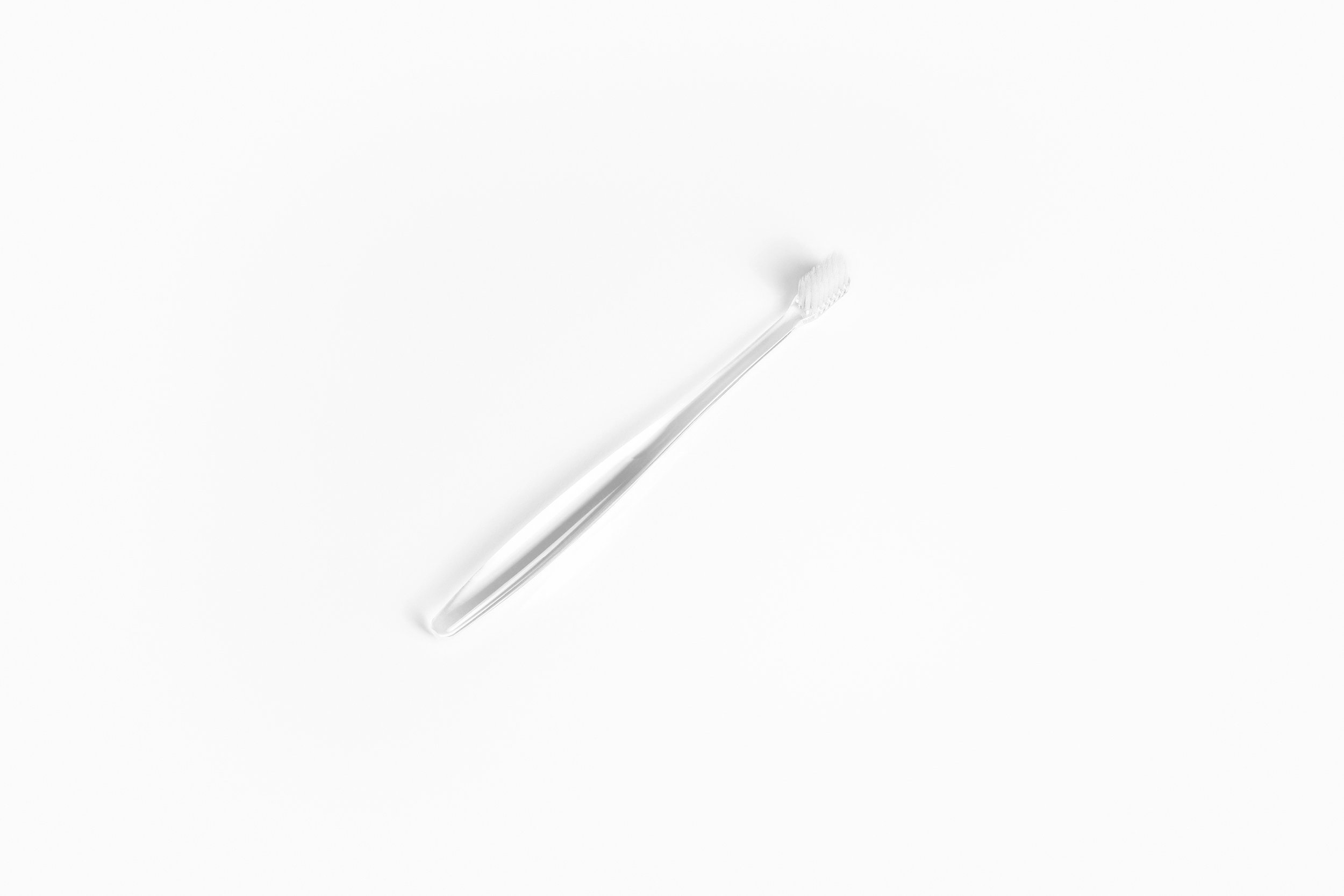Periodontal Disease
Gum Disease
Dentistry is founded on the principle of prevention, and that is our number one core value of the practice. Preventative care will results in less discomfort, less financial burden, less downtime, and much improved long-term overall whole-body wellbeing.
Peri-Implant Diseases
Implantitis
Mucositis
Similar to natural tooth, a dental implant is susceptible to acute/chronic inflammatory process like gingivitis and periodontitis. Peri-Implant Mucositis is similar to Gingivitis in which only the soft tissue (gingiva) is affected. Once the disease progression has gone to the next level, it’s officially diagnosed as Peri-Implantitis, which indicates the loss of hard bone tissue.
Receding Gum
Gum Graft
Receding gum line is one of the clinical presentation of attachment loss, in which the hard/soft tissues have retracted away from the root surface of a tooth. There are many etiologies (reasons) for causing gingival recessions. Some of the most common reasons: Gum Diseases, thin tissue phenotype, trauma, excessive/improper brushing habits, para-functional habits of teeth clenching/grinding, prominent root morphology, and excessive orthodontic expansion of dental arch beyond the capability of jaw bone to house the tooth root.
Scaling & Root Planing
Deep Cleaning
Scaling & Root Planing is a non-surgical treatment modality for periodontal disease backed with most long-term studies and evidences. Arguably, this is the bread and butter procedure of a conservative periodontal therapy. Many more advanced forms of treatment are all based on this tried-and-true procedure.
Periodontal Maintenance
Periodontal (Gum) diseases cannot be fully cured, and the goal of active treatments such as Scaling & Root Planing, Pocket Reduction Surgery, Open Flap Debridement, Osseous Surgery, Regeneration Therapy, Guided Tissue Regeneration, and laser surgery is to create an environment that is conducive to daily home care and professional maintenance.
Periodontal Regeneration
In certain cases, it’s possible to restore the lost bone tissue around tooth due to the inflammatory process of periodontal disease. These results can potentially be achieved through either non-surgical or surgical intervention.
Pocket Reduction Surgery
Osseous Surgery
In many cases, when periodontal regenerative procedure is not feasible or predictable, we’ll have a thorough discussion with patient about the possibility of resective procedure. The nature of resective procedure is to reduce the depth of the periodontal pockets in order to help facilitate patient’s daily homecare.
Crown Lengthening
Crown lengthening is a surgical procedure to help providing the restorative dentist adequate amount of sound tooth structure embedded beneath gum/jaw bone in restoring/salvaging natural tooth. It’s also done to help correct excessive gummy smile (altered passive eruption) for aesthetic purpose.
Frenectomy
Frenectomy is a simple and quick surgical procedure to help relieve aberrant tissue to help facilitate orthodontist in closing midline diastema (spacings), and allow patient to perform proper oral hygiene care. In many instances, it’s done in conjunction with gum tissue graft.
Canine Exposure
Tooth exposure is a surgical procedure to help orthodontist in exposing impacted tooth to help the placement of the mal-positioned tooth in the proper orientation. The procedure will often ends with a gold chain attaching to the impacted tooth to facilitate orthodontist in pulling the impacted tooth into the dental arch.
Root Amputation
Apicoectomy
Root Resorption Repair
Root amputation is a surgical procedure to remove diseased/fractured root of a molar in an attempt to further salvage the tooth (crown). The procedure is often done in collaboration with Endodontist (Root Canal Specialist). This is one of the classic conservative treatment option prior to the advent of modern dental implants. With proper case selection, this treatment modality is still an excellent option in preserving natural tooth.
Extractions
We will make every effort to preserve your natural tooth. However, the removal of tooth might be the only remaining option for a stable oral health after reviewing all the risk/benefits, cost effectiveness, risk factors, and long-term prognosis. We will have a thorough in-depth treatment discussions together prior to making the most difficult decision for not just us dentist/periodontist, but most importantly you, the patient.
Implants
A modern dental implant is one of the tooth replacement options for missing tooth/teeth. Strictly speaking, the dental implant is the replacement of the root (foundation) of a tooth. Dental implants can be used to replace one single missing tooth, multiple teeth, or even full arch (upper/lower jaws). It can be used to help anchor prosthesis (tooth/teeth) via Fixed (crown, bridge, hybrid) or Removable (Overdenture) options. Dental implants will NOT develop caries/decay/cavities like natural teeth; however, multiple risk factors can negatively impact the long-term success and survival of implants.
Bone Graft
Ridge Preservation
Guided Bone Regeneration
Once a natural tooth is removed from jaw bone, the jaw bone will undergo resorption (shrinkage) in volume. When there is a plan to replace the extracted tooth with dental implant, then there’s some treatment strategies to help reduce the rate of jaw bone shrinkage in order to provide adequate bone volume to receive dental implant. This procedure is often NOT necessary if there’s no plans to replace the tooth nor a strategic value (such as wisdom tooth extractions, the furthest molar in the mouth).
Sinus Lift Bone Graft
There’s the presence of maxillary sinus cavities around our nasal area and upper jaw bone. When an upper back tooth (molar or premolar) is removed, the sinus air cavity will quickly replace the jaw bone space once held by the roots of the molar/premolar. Some surgical interventions can be completed to help reduce the shrinkage of the bone volume or to help reconstruct/re-build the lost jaw bone volume around the sinus region to facilitate the placement of dental implants.
Biopsy
Oral Cancer Screening
There are times when abnormal tissue growth or surface changes occurs that will require biopsy to properly diagnose the condition and provide appropriate treatment options.

